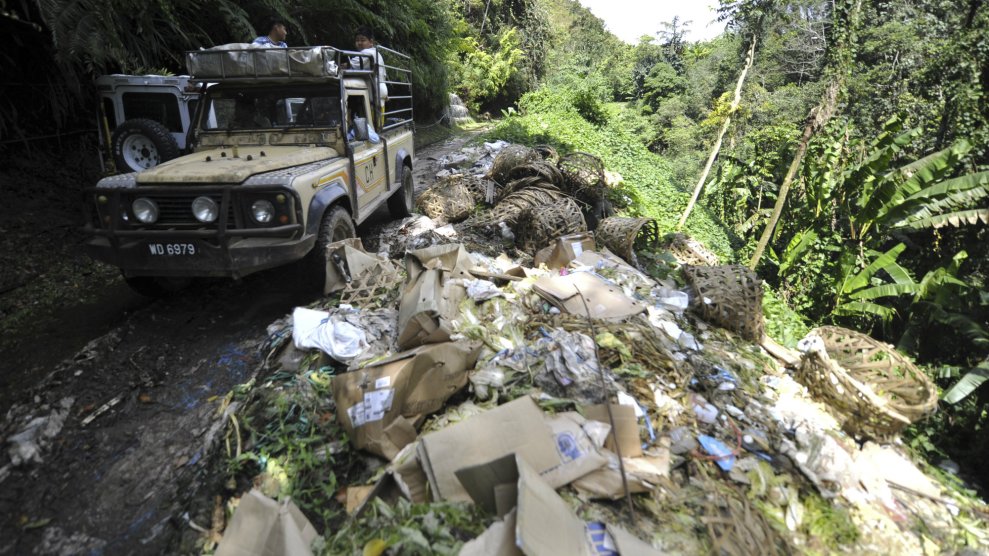This story was originally published by Atlas Obscura and is shared here as part of the Climate Desk collaboration.
Charles Darwin was utterly charmed by the Cocos (Keeling) Islands. When the naturalist visited the remote archipelago of 27 small coral islands in the eastern Indian Ocean, in April 1836, he jotted down rave reviews in his journal. There, he gushed about the sight of the “finest white sand” and the pleasure of sitting in the shade beneath the “tall waving trunks” of the “Cocoa nut” trees. He was awed by the lagoons, and the “fields of delicately branched Corals” below their surface. “Throughout the whole group of Islands, every single atom, even from the most minute particle to large fragments of rocks, bear the stamp of once having been subjected to the power of organic arrangement,” Darwin wrote. “Such formations surely rank high amongst the wonderful objects of this world.”
The islands, which are Australian external territories and roughly 1,300 miles from the country’s northwest coast, are still lorded over by palm trees, still striped with sandy beaches, still dreamy little freckles of land in a turquoise sea. But a new paper published in Scientific Reports suggests that they’re also lousy with trash.
Back in 2017, Jennifer Lavers, a marine ecotoxicologist at the Institute for Marine and Antarctic Studies at the University of Tasmania, set out to sample the trash that collected on their shores. Lavers often researches plastic pollution; she previously dug into the plastic debris piled up on Henderson Island, a relatively pristine coral atoll and UNESCO site in the South Pacific. For this new work, Lavers visited seven of the chain’s 27 islands. The selected sites comprise 88 percent of the archipelago’s overall landmass, and included both inhabited and uninhabited islands. (Only two of are peopled—as of 2014, their total population was around 600—and one is a national park and mating ground for seabirds.)
Lavers sampled lagoon and ocean-facing beaches across the sample sites, and looked at various types of sediments, including sand and pebbles. Some trash was glaringly obvious—waterlogged flip-flops, plastic bottles, and tangles of rope are hard to miss. To capture less-conspicuous debris, Lavers exhumed debris from a depth of 10 centimeters (roughly four inches).
It wasn’t feasible to sample every nook and cranny of the archipelago. Some portions “are difficult to access due to the very shallow lagoon—even with a kayak it can be challenging, especially in the extreme heat,” Lavers writes in an email. But in the places where she did look, Lavers found a whole lot of garbage.

















